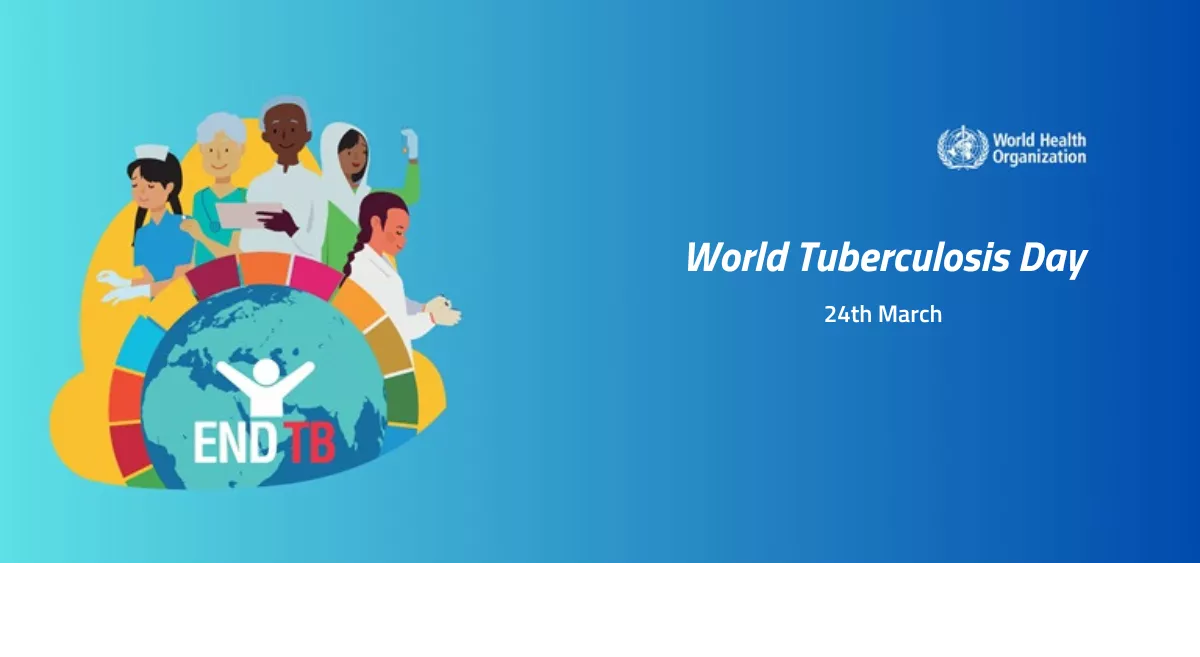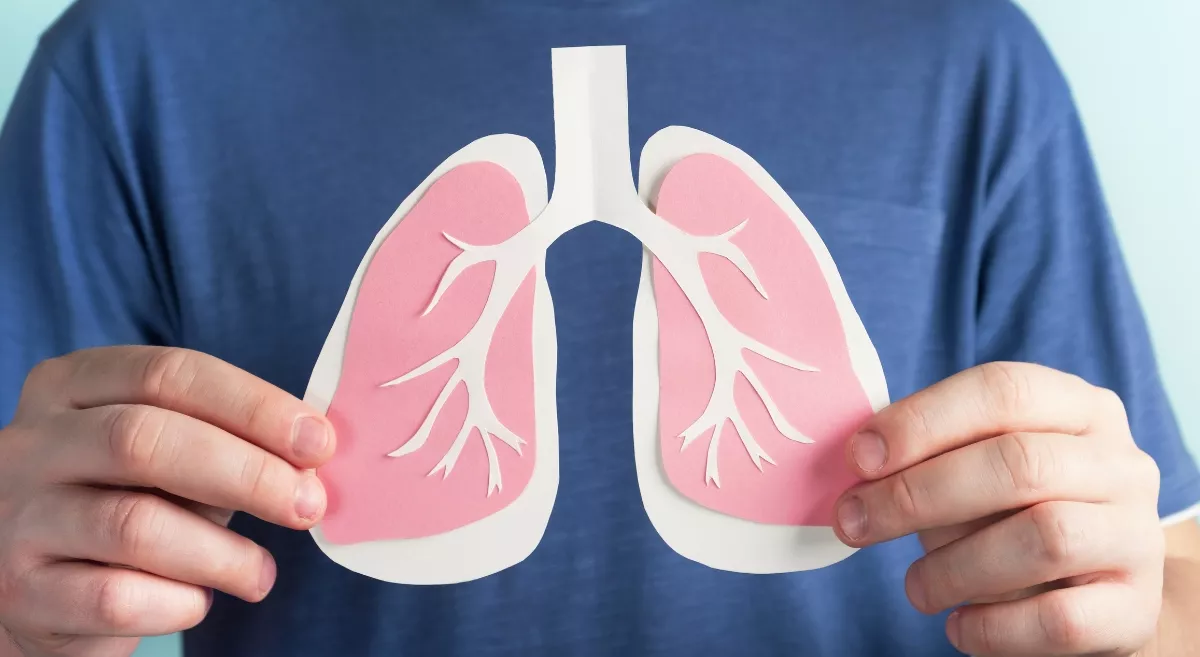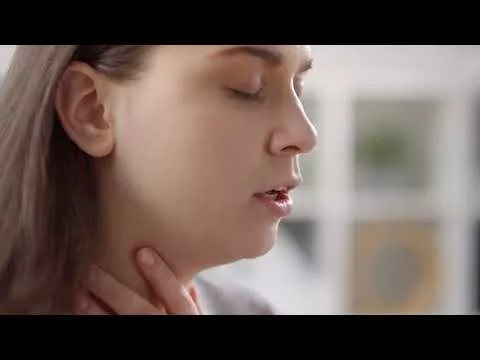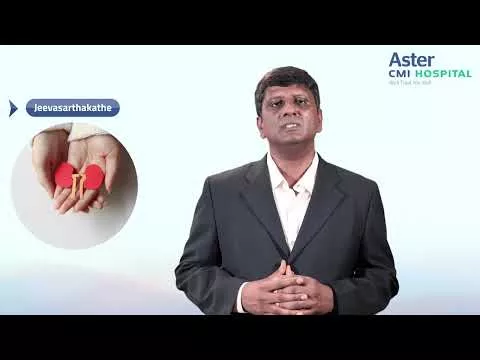More than one million people are reported to be affected by shingles each year in India. It is a painful rash on the skin caused by a viral infection known as shingles. Even though shingles can happen anywhere on your body, it typically manifests as a single band of blisters that wraps around either the right or left side of your torso. A shingle or rash can spread and harm one's vision permanently if it is close to the eye or nose. With the assistance of our medical professionals at Aster RV, Bangalore, symptoms of shingles can be managed appropriately.
What are shingles?
Shingles are caused by the varicella-zoster virus, which is also the cause of chickenpox. The virus remains dormant in nerve tissue close to your spinal cord and brain after you have had chickenpox. After a few years, the virus reactivates as Shingles.
Although it is not a life-threatening illness, shingles can be excruciatingly painful. Vaccines can lower the chance of developing shingles. Early treatment can help to lessen the duration of a shingles infection and reduce the chance of complications. Post-herpetic neuralgia (PHN) is the most common complication, which causes shingles pain long after your blisters have healed.
Stages of shingles
According to reports, the majority of shingles cases last 3–5 weeks. When the varicella-zoster virus reactivates, your skin may:
- Tingle
- Burn
- Turn numb
- Itch.
Shingles usually appear on one side of the body, most commonly on the waist, back or chest. A red rash may appear in the affected area within 5 days. A few days later, small groups of oozing, fluid-filled blisters may appear in the same area. Flu-like symptoms such as fever, headache, and fatigue are possible.
The blisters will dry up and form scabs over the next 10 days, and the scabs fall off in a week. Some people continue to feel pain after the scabs have fallen off. This is referred to as PHN.
What are the symptoms?
Shingles normally affect only one side or a small portion of the body. Some of the signs and symptoms also include:
- Touch sensitivity
- After the pain has subsided, a red rash appears.
- Blisters filled with fluid that rupture and crust over
- Fever
- Headache
- Light sensitivity
- Fatigue.
The most common symptom of shingles is pain. It can be intense for some, depending on the location, and it can be misdiagnosed as a symptom of heart, lung, or kidney problems. Some people have the pain associated with shingles but never develop the rash.
Diagnosis for Shingles
Doctors usually examine your blisters and rashes to identify shingles and plan for treatment only after enquiring about your medical history.
In certain cases, the doctor may collect a sample of your skin or the liquid from your blisters. This entails taking a sample of tissue or fluid using a sterile swab, after which the sample is sent to a medical lab for virus confirmation.
Treatment for Shingles
Antiviral medications can decrease your recovery time and lower your risk of complications. Consult with our best dermatologist in Bangalore to get the right medication and timely treatment. Doctors may prescribe one of these three drugs to combat the virus:
- Acyclovir (Zovirax)
- Famciclovir (Famvir)
- Valacyclovir (Valtrex).
Anticonvulsants like gabapentin (Neurontin) and antidepressants like amitriptyline are two possible treatments for shingles pain. Some medicines prescribed by top doctors are:
- Medicated Lotion
- Cool Compresses
- Colloidal Oatmeal Baths
- Numbing Medications Like Lidocaine
- Over-The-Counter Pain Relievers Like Ibuprofen or Acetaminophen
- Prescribed Painkillers Like Codeine.
Shingles affect a person only once. However, it can recur, usually in those with compromised immune systems.
Risk factors
Anyone who has a history of chickenpox has the potential to develop shingles. Potential risk elements and causes include:
- HIV
- Older age
- Certain cancer treatments
- Immune system-suppressing medications
- Trauma or stress.
Complications
A complication is a rare scenario in the cases of shingles, particularly in those with weakened immune systems.
Possible shingles side effects include:
- Eye and vision problems
- PHN
- Inflammation of the brain or spinal cord, which raises the risk of stroke, encephalitis and meningitis;
- Exhaustion
- Hearing and balance problems
- Damage in blood vessels, resulting in a stroke
- Pneumonia.
Reports say that nearly 10–18% of people with shingles develop PHN, a long-term complication in which the pain of a shingles rash persists far beyond the rash itself. It is more likely to happen to elderly people over 40, and the risk keeps increasing with age.
Vaccination for Shingles
Vaccine for children
The varicella vaccine (also known as the chickenpox vaccine) is recommended for routine immunization during childhood. There is at least a 90% chance of preventing chickenpox with two doses of the vaccine. Taking a vaccine for chickenpox also prevents shingles.
The first dose for children should be given between 12 and 15 months and the second dose between 4 and 6 years. Tests have shown the vaccine to be safe, but in rare cases, kids may experience temporary joint pain, fever, mild rash, and stiffness
Vaccine for adults
Those who are over 50 years, have had chickenpox, and carry the varicella-zoster virus can take the herpes zoster vaccine. Doctors also recommend the same vaccine for people who have never had chickenpox or shingles
There are two types of vaccines available to prevent this condition: Zostavax and Shingrix. According to research, a person will have more than 90% protection against shingles after two doses of Shingrix.
The vaccine for shingles acts only as a preventative measure. People who already have the disease are not supposed to be treated with it. Reach out to our specialist to know which option would work best for you.
FAQs
1. Who’s at risk for shingles?
An individual who has suffered from Chickenpox is likely to develop shingles
2. Is shingles contagious?
Anyone who is not immune to chickenpox can contract varicella-zoster from a person who has shingles.
3. What are the signs and symptoms of shingles?
There may be up to three days of burning, itching, tingling, or sensitive skin as the first signs and symptoms of shingles.
4. Is the vaccine guaranteed to prevent shingles?
Although no vaccine is 100% effective, vaccination can significantly lower the risk.
5 What triggers recurring shingles?
Stress, immunosuppressant drugs, and HIV are risk factors for recurrent shingles.











